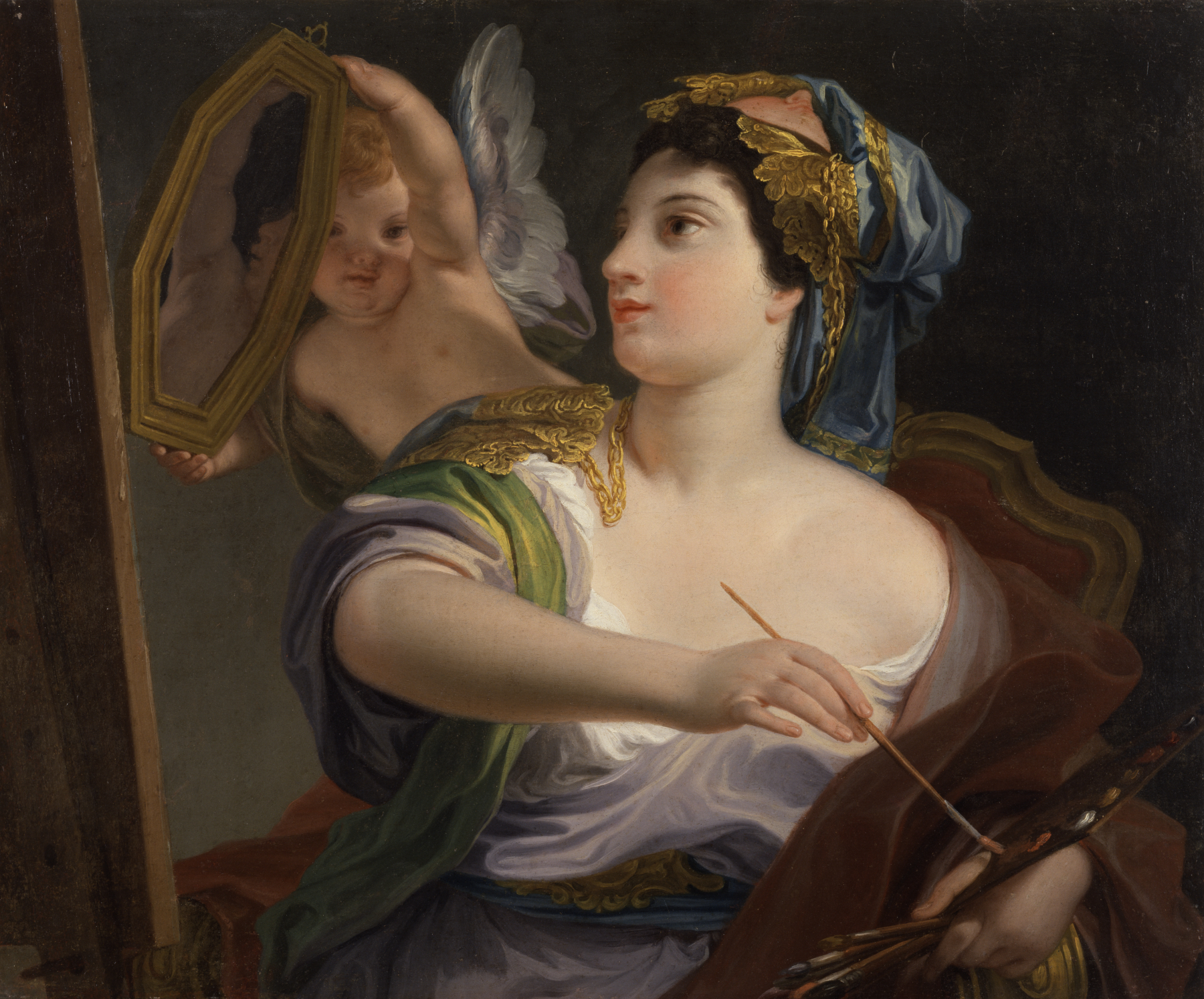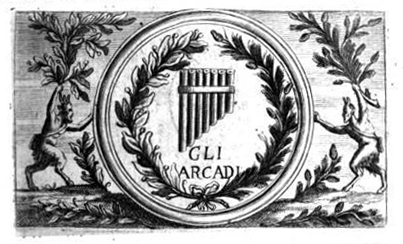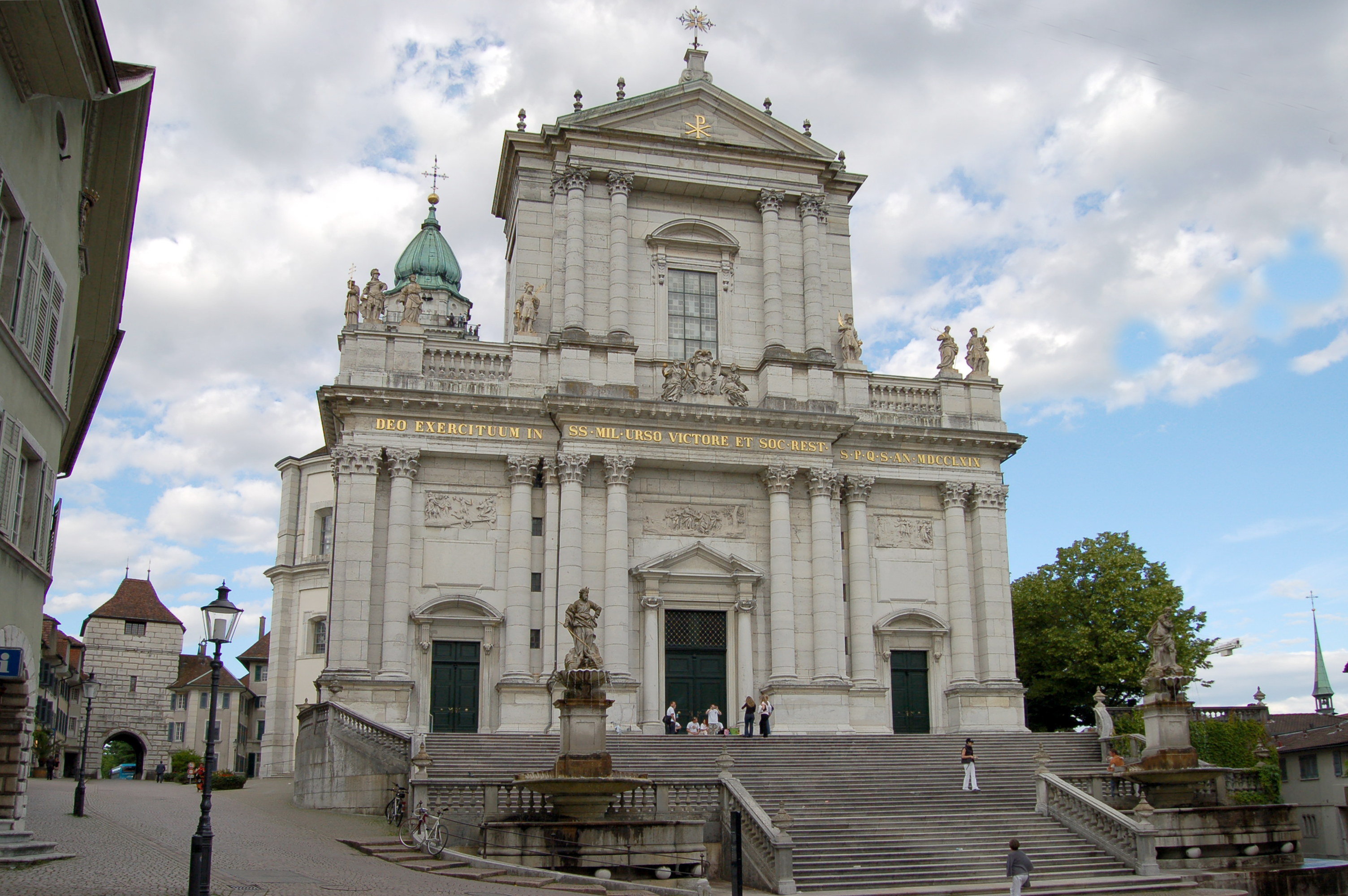|
Domenico Corvi
Domenico Corvi (1721–1803) was an Italian painter at the close of the 18th century, active in an early Neoclassic style in Rome and surrounding sites. Biography Corvi was born in Viterbo. After some early works in Viterbo and Palestrina, Corvi moved on to Rome to work under Francesco Mancini, working in a Roman milieu where late-Rococo of Pompeo Batoni and the incipient Neoclassicism of Anton Raphael Mengs coexisted, and fashioned a style in between. His first major set of independent works in Rome were a series of canvases completed in 1758 and currently in Vedana, commissioned by the Cardinal Domenico Amedeo Orsini and including the altarpiece of ''St Michael Archangel'' for the church of Trinità dei Monti. In 1756, along with Vincenzo Strigelli and Anton Angelo Falaschi, he frescoed the Viterbese ''Oratorio del Gonfalone''. [...More Info...] [...Related Items...] OR: [Wikipedia] [Google] [Baidu] |
Domenico Corvi
Domenico Corvi (1721–1803) was an Italian painter at the close of the 18th century, active in an early Neoclassic style in Rome and surrounding sites. Biography Corvi was born in Viterbo. After some early works in Viterbo and Palestrina, Corvi moved on to Rome to work under Francesco Mancini, working in a Roman milieu where late-Rococo of Pompeo Batoni and the incipient Neoclassicism of Anton Raphael Mengs coexisted, and fashioned a style in between. His first major set of independent works in Rome were a series of canvases completed in 1758 and currently in Vedana, commissioned by the Cardinal Domenico Amedeo Orsini and including the altarpiece of ''St Michael Archangel'' for the church of Trinità dei Monti. In 1756, along with Vincenzo Strigelli and Anton Angelo Falaschi, he frescoed the Viterbese ''Oratorio del Gonfalone''. [...More Info...] [...Related Items...] OR: [Wikipedia] [Google] [Baidu] |
Borghese Palace
Palazzo Borghese is a palace in Rome, Italy, the main seat of the Borghese family. It was nicknamed ''il Cembalo'' ("the harpsichord") due to its unusual trapezoidal groundplan; its narrowest facade faces the River Tiber. The entrance at the opposite end of the building, the "keyboard" of the cembalo, faces onto the Fontanella di Borghese, with another in a great flanking facade to the Piazza Borghese that is extended by a slightly angled facade leading down Via Borghese towards the river. Both these entrances lead into a large courtyard on one side of which is a two level open arcade, with paired Doric and Ionic columns, that frames the garden beyond. The first floor of the palace is the seat of the Embassy of Spain in Italy since 1947. History The architectural historian Howard Hibbard has demonstrated that the nine-bay section of the palace on Piazza Fontanella Borghese was begun in 1560/61 for Monsignor Tommaso del Giglio, whose coat of arms or ''stemma'' remain over the do ... [...More Info...] [...Related Items...] OR: [Wikipedia] [Google] [Baidu] |
Francesco Alberi
300px, Allegory of Napoleon as Liberator of Italy (c. 1800) Francesco Alberi (3 March 1765–24 January 1836) was an Italian Neoclassical style painter, active in Bologna, Padua, Rimini and Rome. He was born in Rimini, and initially apprenticed there with Giuseppe Soleri, but by the age of twenty he became a pupil of Domenico Corvi in Rome. After five years with Corvi, he returned to Rimini where he painted in oil, tempera and fresco for many of the prominent families such as the Battaglini, Garampi, Ganganelli, and Spina. In 1799, he was elected professor of design at the Lyceum of Rimini. Between 1803 and 1806, he was professor of painting at the Academy of Fine Arts The following is a list of notable art schools. Accredited non-profit art and design colleges * Adelaide Central School of Art * Alberta College of Art and Design * Art Academy of Cincinnati * Art Center College of Design * The Art Institute o ... in Bologna, after which he moved to Padua. In 1810, he r ... [...More Info...] [...Related Items...] OR: [Wikipedia] [Google] [Baidu] |
Church Of SS
Church may refer to: Religion * Church (building), a building for Christian religious activities * Church (congregation), a local congregation of a Christian denomination * Church service, a formalized period of Christian communal worship * Christian denomination, a Christian organization with distinct doctrine and practice * Christian Church, either the collective body of all Christian believers, or early Christianity Places United Kingdom * Church (Liverpool ward), a Liverpool City Council ward * Church (Reading ward), a Reading Borough Council ward * Church (Sefton ward), a Metropolitan Borough of Sefton ward * Church, Lancashire, England United States * Church, Iowa, an unincorporated community * Church Lake, a lake in Minnesota Arts, entertainment, and media * ''Church magazine'', a pastoral theology magazine published by the National Pastoral Life Center Fictional entities * Church (''Red vs. Blue''), a fictional character in the video web series ''Red vs. Blue'' * Churc ... [...More Info...] [...Related Items...] OR: [Wikipedia] [Google] [Baidu] |
Wadsworth Atheneum
The Wadsworth Atheneum is an art museum in Hartford, Connecticut. The Wadsworth is noted for its collections of European Baroque art, ancient Egyptian and Classical bronzes, French and American Impressionist paintings, Hudson River School landscapes, modernist masterpieces and contemporary works, as well as collections of early American furniture and decorative arts. Founded in 1842 and opened in 1844, it is the oldest continually operating public art museum in the United States. The museum is located at 600 Main Street in a distinctive castle-like building in downtown Hartford, Connecticut, the state's capital. With of exhibition space, the museum is the largest art museum in the state of Connecticut. It was listed on the National Register of Historic Places in 1970. The museum is a member of the North American Reciprocal Museums program. Museum history Namesake The Wadsworth, as it is most commonly known, was constructed on the site of the family home of Daniel Wadswor ... [...More Info...] [...Related Items...] OR: [Wikipedia] [Google] [Baidu] |
Piarists
The Piarists (), officially named the Order of Poor Clerics Regular of the Mother of God of the Pious Schools ( la, Ordo Clericorum Regularium pauperum Matris Dei Scholarum Piarum), abbreviated SchP, is a religious order of clerics regular of the Catholic Church founded in 1617 by Spanish priest Joseph Calasanz. It is the oldest religious order dedicated to education, and the main occupation of the Piarist fathers is teaching children and youth, the primary goal being to provide free education for poor children. The Piarist practice was to become a model for numerous later Catholic societies devoted to teaching, while some state-supported public school systems in Europe also followed their example. The Piarists have had a considerable success in the education of physically or mentally disabled persons. Some notable individuals taught at Piarist schools include Pope Pius IX, Goya, Schubert, Gregor Mendel, Tadeusz Kościuszko and Victor Hugo. History Joseph Calasanz Joseph Calasanz, ... [...More Info...] [...Related Items...] OR: [Wikipedia] [Google] [Baidu] |
Frascati
Frascati () is a city and ''comune'' in the Metropolitan City of Rome Capital in the Lazio region of central Italy. It is located south-east of Rome, on the Alban Hills close to the ancient city of Tusculum. Frascati is closely associated with science, being the location of several international scientific laboratories. Frascati produces the white wine Frascati (wine), with the same name. It is also a historical and artistic centre. History The most important archeological finding in the area, dating back to Ancient Rome, Ancient Roman times, during the late Republican Age, is a patrician Roman villa probably belonging to Lucullus. In the first century AD its owner was Gaius Sallustius Crispus Passienus, who married Agrippina the Younger, mother of Nero. His properties were later confiscated by the Flavian imperial dynasty (69–96 AD). Consul Flavius Clemens lived in the villa with his wife Domitilla during the rule of Domitian. According to the ''Liber Pontificalis'', in ... [...More Info...] [...Related Items...] OR: [Wikipedia] [Google] [Baidu] |
Accademia Dell'Arcadia
The Accademia degli Arcadi or Accademia dell'Arcadia, "Academy of Arcadia" or "Academy of the Arcadians", was an Italian literary academy founded in Rome in 1690. The full Italian official name was Pontificia Accademia degli Arcadi. History Foundation The beginnings of the Accademia degli Arcadi date to February 1656, when a literary circle formed under the patronage of Queen Christina of Sweden, who had abdicated the Swedish crown in 1654, converted to Catholicism, and taken up her residence in Rome, where she spent much of the rest of her life. There she became a significant patron of music and opera, with composers including Alessandro Scarlatti, Alessandro Stradella and Arcangelo Corelli dedicating works to her. After her death in 1689, the academy was established in her memory and elected her as its symbolic head (''basilissa'', the Greek term for 'Queen'). The Academy lasted for the next two hundred years, remaining a leading cultural institution into the 20th century. ... [...More Info...] [...Related Items...] OR: [Wikipedia] [Google] [Baidu] |
Solothurn Cathedral
, native_name_lang = German , image = Solothurn - St. Ursen von Süden.jpg , imagesize = 250 , imagealt = , caption = , pushpin map = Switzerland , map caption = St. Ursus Cathedral , coordinates = , location = , country = Switzerland , denomination = Roman Catholic , membership = , attendance = , website = , former name = , bull date = , founded date = , founder = , dedication = , dedicated date = , consecrated date = 26 September 1773 , cult = , relics = , events = , bishop = Felix Gmür , people = , status = Cathedral , functional status = Active , heritage designation = Heritage s ... [...More Info...] [...Related Items...] OR: [Wikipedia] [Google] [Baidu] |
Solothurn
Solothurn ( , ; french: Soleure ; it, Soletta ; rm, ) is a List of towns in Switzerland, town, a Municipalities of Switzerland, municipality, and the Capital (political), capital of the canton of Solothurn in Switzerland. It is located in the north-west of Switzerland on the banks of the Aare and on the foot of the Weissenstein Jura mountains. The town is the only municipalities of Switzerland, municipality of the Solothurn (district), district of the same name. The town got its name from Salodurum, a Roman-era settlement. From 1530 to 1792 it was the seat of the France, French ambassador (diplomacy), ambassador to Switzerland. The pedestrian-only old town was built between 1530 and 1792 and shows an impressive array of Baroque architecture, combining Italian Grandezza, French style, and Swiss ideas. The town has eighteen structures listed as heritage sites. The official language of Solothurn is (the Swiss variety of Standard) Swiss Standard German, German, but the main spoken ... [...More Info...] [...Related Items...] OR: [Wikipedia] [Google] [Baidu] |
Palazzo Dei Conservatori
The Capitolium or Capitoline Hill ( ; it, Campidoglio ; la, Mons Capitolinus ), between the Forum and the Campus Martius, is one of the Seven Hills of Rome. The hill was earlier known as ''Mons Saturnius'', dedicated to the god Saturn. The word ''Capitolium'' first meant the temple of Jupiter Optimus Maximus later built here, and afterwards it was used for the whole hill (and even other temples of Jupiter on other hills), thus ''Mons Capitolinus'' (the adjective noun of ''Capitolium''). In an etymological myth, ancient sources connect the name to ''caput'' ("head", "summit") and the tale was that, when laying the foundations for the temple, the head of a man was found, some sources even saying it was the head of some ''Tolus'' or ''Olus''. The ''Capitolium'' was regarded by the Romans as indestructible, and was adopted as a symbol of eternity. By the 16th century, ''Capitolinus'' had become ''Capitolino'' in Italian, and ''Capitolium'' ''Campidoglio''. The Capitoline Hill ... [...More Info...] [...Related Items...] OR: [Wikipedia] [Google] [Baidu] |
San Marco, Rome
San Marco is a minor basilica in Rome dedicated to St. Mark the Evangelist located in the small Piazza di San Marco adjoining Piazza Venezia. It was first built in 336 by Pope Mark, whose remains are in an urn located below the main altar. The basilica is the national church of Venice in Rome. History In 336, Pope Mark built a church devoted to one of the Evangelists, his patron saint, St. Mark, in a place called ''ad Pallacinas''. The church is thus recorded as ''Titulus Marci'' in the 499 synod of Pope Symmachus. At that time it became one of the stational churches of the city (Monday of the third week in Lent). After a restoration in 792 by Pope Adrian I, the church was rebuilt by Pope Gregory IV in 833. Besides the addition of a Romanesque bell tower in 1154, the major change in the architecture of the church was ordered by Pope Paul II in 1465–70, when the façade of the church was restyled according to the Renaissance taste with a portico and loggia, using marbles ta ... [...More Info...] [...Related Items...] OR: [Wikipedia] [Google] [Baidu] |







